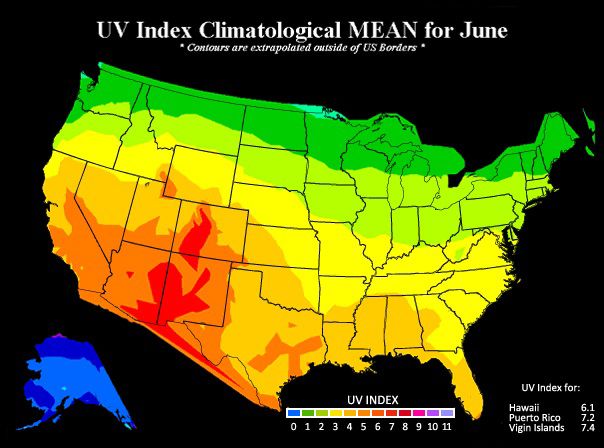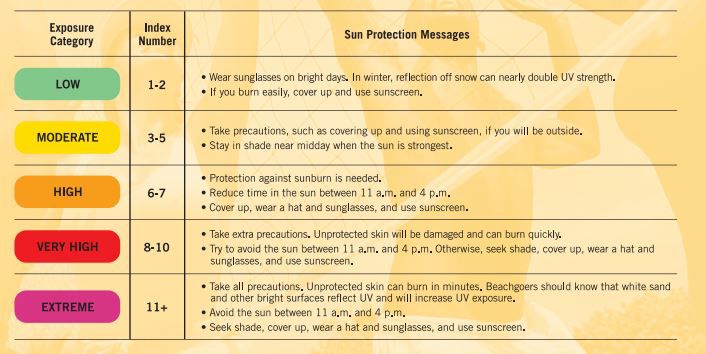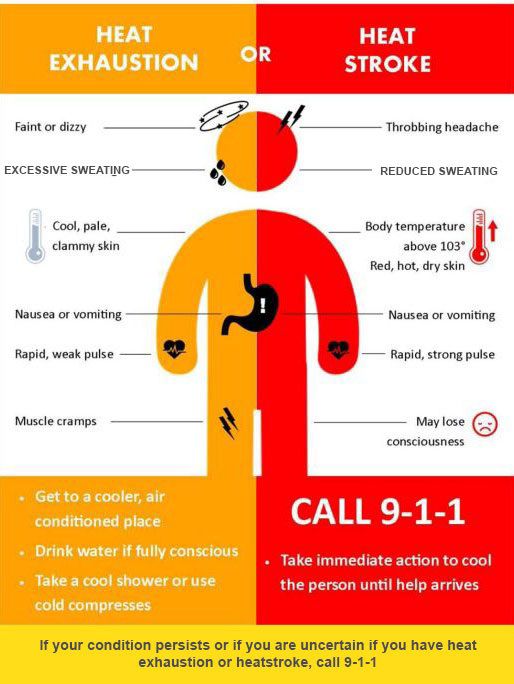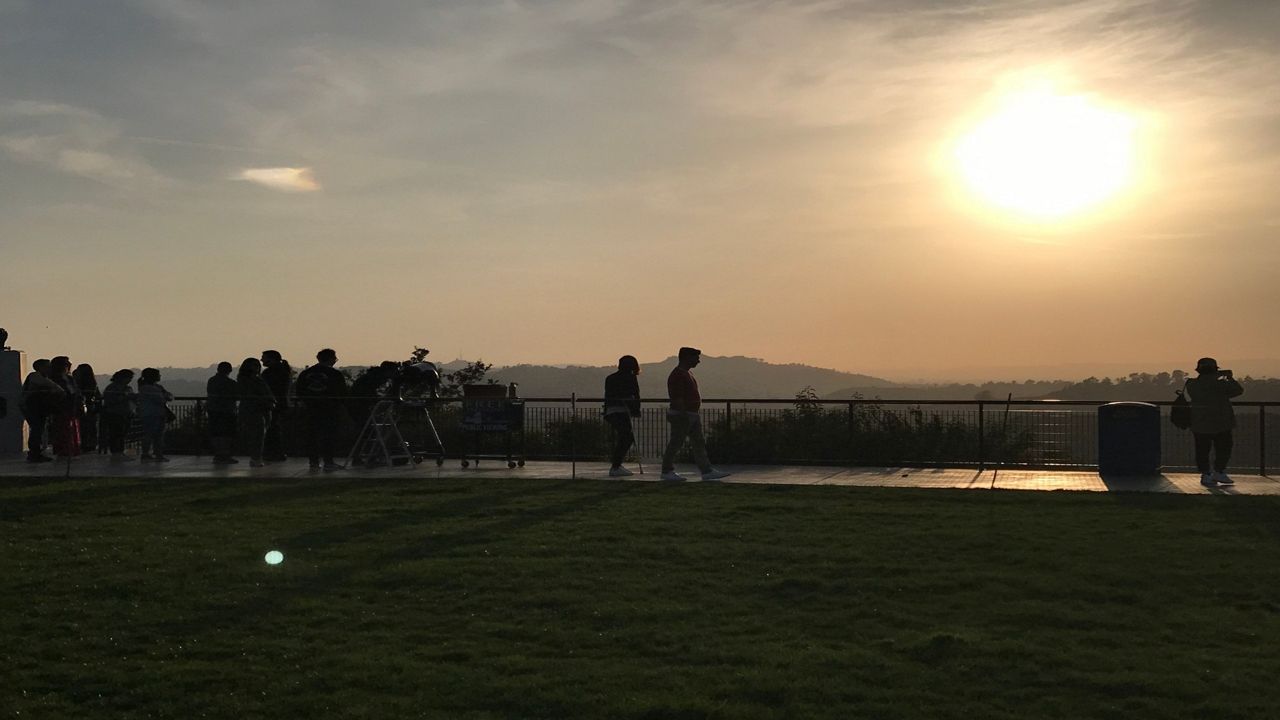Sunlight is becoming more intense as the summer solstice on June 20 nears. The sun will be high in the sky, and its rays will hit us at an angle that can burn our skin in a matter of minutes.
With this week's heatwave, it's even more important to limit your time outdoors.
This week, high temperatures will be even hotter than our summer averages. It'll be tough to keep people away from popular SoCal spots, considering the time of year.
It'll be up to us individually to keep ourselves safe, especially if we spend the day at an amusement park, where standing in long lines in the direct sun is common.
Temperatures will soar into the upper 90s to 100s at Magic Mountain and Raging Waters. Disneyland and Knott's Berry Farm will hit the low to mid-90s.
If you have a camping trip planned in the mountains, plan for extremely hot days and mild nights. Temperatures around sunrise will be in the 50s to 70s, but they'll go up by a lot during the day.
Start any outdoor activities early so you can avoid the extreme heat.
A hike at popular spots like Runyon Canyon can get warm when temperatures are in the 70s. Imagine how much tougher it'll be this week with temperatures in the 80s and 90s.
Consider a shorter trek that you can start early in the day and end by noon. Or, postpone your hike until it cools down.
The deserts have already felt scorching triple-digit heat, most recently last week. This week, Palm Springs will heat up even more - between 110-118 degrees.
Take extreme care when visiting desert getaway spots like Joshua Tree National Park, where it'll reach the upper 90s and 100s for the week.
Besides the dry heat, exposure to ultraviolet rays is another reason to limit your time outdoors. The UV Index is at a level 6 to 7 for Southern California on average this time of year, meaning it's very high.

Yes, sunscreen is effective when applied correctly, but don't prolong your time outdoors just because you put on sunscreen.
The best protection, when used correctly, comes from the shade, hats and tightly woven clothing, according to doctors and the Environmental Protection Agency.

The graphic below highlights the difference between heat exhaustion and heat stroke. It's good to know in case you or any friends or relatives overexert themselves in the heat.




